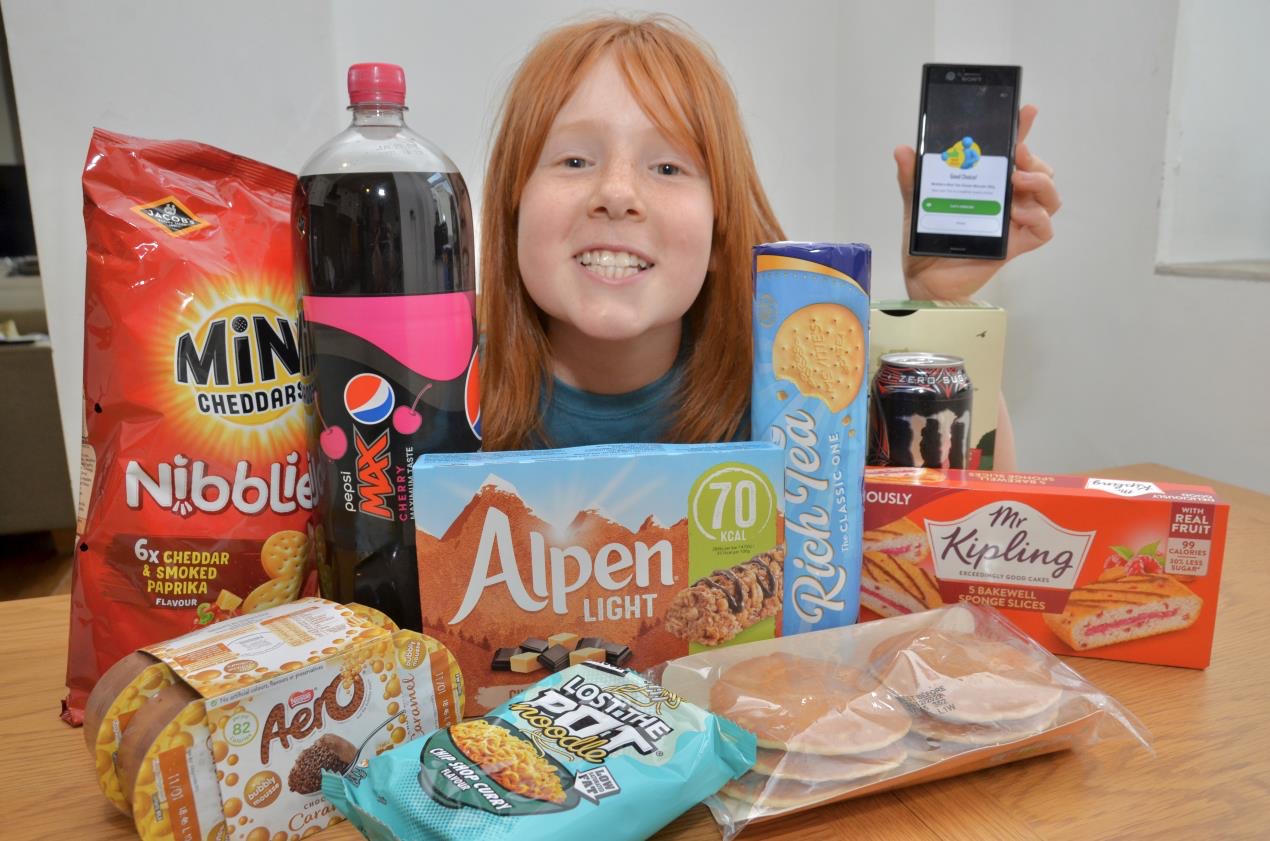Government fails to stop promoting ultra-processed foods in the face of industry pressure

The government has failed to stop promoting ultra-processed foods to families despite thousands of people demanding they stop endorsing these junk foods.
The Soil Association is questioning the influence of the food industry on government decision making after a refusal to stop endorsing biscuits, cakes, crisps, chocolate puddings and fizzy pop through the Food Scanner app.
Earlier this year the food and farming charity revealed that the government app – which has been downloaded at least half a million times – calls hundreds of ultra-processed items a “good choice” despite their links to cancer, heart disease and early death.
Around 14,000 people have signed a petition and 2,000 have written to their MP demanding the government put a stop to this, while public concern grows on the subject with Chris van Tulleken’s book ‘Ultra Processed People’ currently a top seller.
But the government has failed to act, and Secretary of State for Health Steve Barclay has declined to meet with Soil Association experts, who are concerned about how much the profit-driven food industry is shaping public health policy.
These concerns are echoed by the Lancet and the World Health Organization, who have both warned about food manufacturers’ influence on public health since the Soil Association launched its campaign.
Soil Association Campaign Coordinator Cathy Cliff said: “We are deeply concerned about the influence of the food and drink industry over UK health policy. Our government is actively promoting ultra-processed foods to cash-strapped families while MPs are walking out of parliament carrying giant bars of Cadbury’s chocolate. Why does the UK government think this is appropriate?
“Ultra-processed foods make up almost two-thirds of British children’s diets. And yet the Food Scanner app continues to tell families struggling with the cost-of-living crisis that biscuits, energy drinks and other products with no nutritional value are good choices.
“Our government should be more concerned about kids’ health and the impact on the NHS than corporate profits.
“Other countries are taking action to help citizens reduce consumption of ultra-processed foods and, after two years of campaigning, we’re pleased the government’s Scientific Advisory Committee on Nutrition is now reviewing the evidence linking these foods to poor health.
“But we need action and the very least our government should do is remove their endorsement from these foods.”
Since the Soil Association launched its “Taking the Biscuit” campaign, the industry-funded British Nutrition Foundation issued a position statement warning against the inclusion of ultra-processed foods in national dietary guidelines. Other countries have taken such action, including France and Brazil.
In contrast, in response to the campaign, several Labour MPs posted parliamentary questions asking what action government is taking on ultra-processed foods and the Food Scanner App’s endorsements.
But in the formal response, Neil O’Brien, Parliamentary Under-Secretary for Health and Social Care, defended the app’s criteria for awarding a “Good Choice” badge. He failed to commit to any action around ultra-processed foods, pointing to other existing healthy eating policies and stating that there is no agreed definition of these foods.
But he did announce that the Scientific Advisory Committee on Nutrition (SACN), on whose recommendations the government bases dietary guidelines, is reviewing the evidence on processed foods and health. It aims to publish its initial assessment in the summer of 2023.
Cliff added: “There is international recognition of the NOVA categorisation of foods that defines ultra-processed foods and that has allowed other nations to take meaningful action. There is also a large and growing bank of scientific evidence connecting these foods to ill health.
“The government must stop kicking the can of ultra-processed pop down the road. Their aim for everyone to have a healthy, balanced diet won’t work while these foods dominate our diets supported by heavy industry advertising and government endorsements.
“The UK government needs to catch up with the science and enact a policy response, as other governments globally are doing, and work to re-balance the national diet.
“With the growing evidence that ultra-processed food over-consumption is linked to cancer, diabetes, heart disease, poor liver health, depression and early death, a government response is now urgently needed.”
The Soil Association submitted its 14,000-strong petition to government today (18/5/23) with an open letter asking the Minister to clarify exactly why the Food Scanner App is not being revised.
Find out more: www.soilassociation.org/takingthebiscuit






